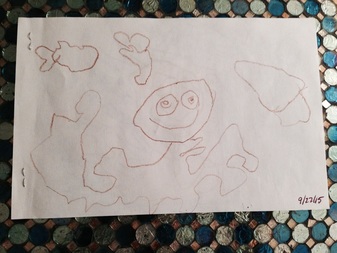
As we enter the fourth week of school, I am overwhelmed with how far these little writers have come in such a short time!! My philosophy on writing instruction has always been one of possibilities; both of my teaching feet are always standing on the edge of what can be. You all know, though, how wobbly I was going in to this year of kindergarten writing. And while I can't yet celebrate that it's going to be smooth sailing from here on out, I can gleefully share that our little writers are giving it their all, with smiles on their faces!!!
Just to recap, here are the lessons we have taught so far:
* Where do Writers Sit and Why do Writers Write?
* Students as Authors
* The Structure of the Writer's Workshop
* Seed Ideas/Experiences
* Supplies and Using Resources Around the Room
* Making a Movie in Your Mind
* Moving Around in the Writer's Workshop
* Writing Your Name and Being an Author
Coming up this week:
* Adding Details and Telling Stories with Illustrations
* Storytelling Before Writing
* Using Letter/Words to Label Our Pictures
* Adding Details to Our Pictures
Of course, we have dealt with a hiccup or two along the way. One significant problem we are running into is the level of talking at the tables when the classroom teacher and I are conferencing with individual students. As I was preparing for this past week's lessons, I noticed in my plans that Lesson 7 was supposed to be about moving around in the writer's workshop. Based on what was happening in our classroom, I took advantage of that opportunity to talk about respecting each other's workspace. We read Too Much Noise, by Ann McGovern and practiced using quiet voices when we needed to talk to each other. We will revisit this need to respect each other again and again. And practice, again and again. :)
Another hiccup was brought to my attention by the classroom teacher. She had noticed that very few children knew how to write their own names. And while this is not particularly unusual in kindergarten, we needed to address it during our writing time. So, I added Lesson 9 - Writing Your Name and Being an Author, and we connected the importance of students' identifying themselves as the authors of their writing with practicing spelling their names. We read The Important Book, by Margaret Wise Brown, emphasizing the last two pages "...the important thing about you is you."
I know that there are other issues we need to address, and we will. However, for now, we are taking it one step at a time. Just like we can't teach them everything at once, we must also be patient with their approximations and efforts. I am over the moon thrilled that when I did not show up to teach last Friday, the students were disappointed and wondered where I was.
Their excitement, their eagerness, their willingness to try...it is my oxygen.
Here are a few of our "Hurrahs" from this week.
This writer was telling me about The Friendly Squid. As he was reading, he noticed that he had forgotten to draw in any friends. So, he took his book back to his seat and added a few! Revision!!
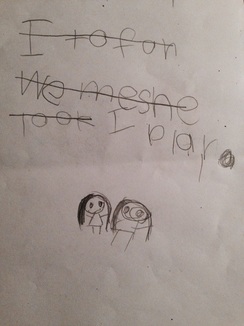
This writer had simply copied sight words off of the board. When I asked her to read her story, she did her best. We talked about how text is supposed to make sense. She said, "Well, 'I play' makes sense!" I agreed. So, she drew a strike through across all of the words she wanted to take out and added a picture of herself playing with her doll. Revision!
I am so excited to get back to these writers on Monday! I just know that they are going to have lots of stories to tell, and I can't wait to read them!
#allkidscanwrite
#allkidscanwrite
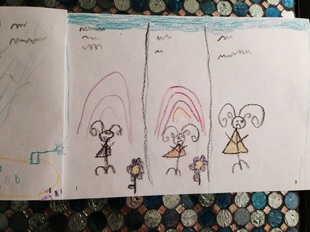
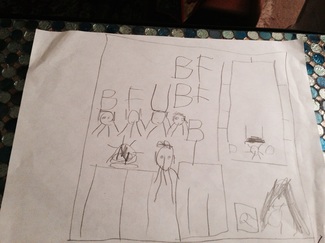
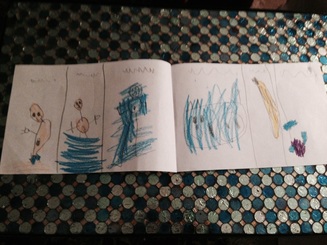
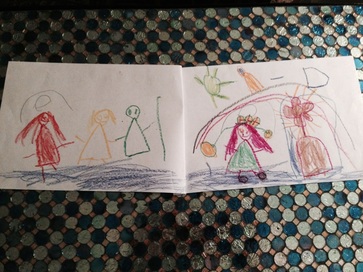
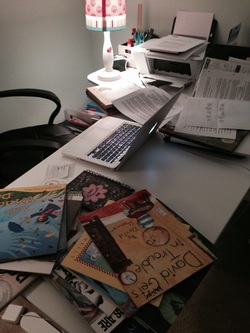
 RSS Feed
RSS Feed
